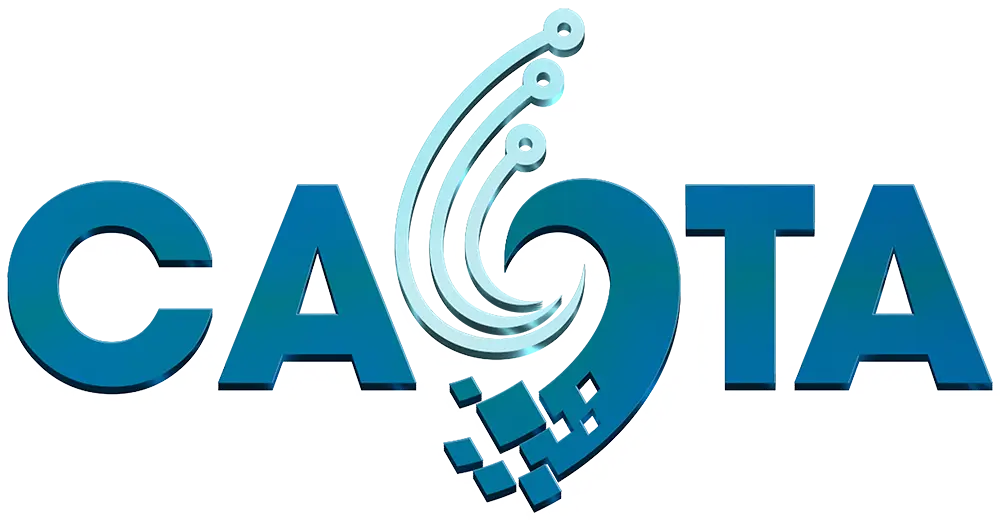Vietnam is one of the countries with a rich diversity of medicinal plants, boasting thousands of valuable species such as Ngoc Linh ginseng, golden camellia, Polyscias fruticosa, Fallopia multiflora, and Morinda officinalis. Found across mountainous, midland, and lowland regions, these herbs are not only precious remedies but also hold immense economic potential for local communities. However, the value of these medicinal resources has yet to be fully realized. Biotechnology is now opening new pathways to improve quality, conserve genetic resources, and promote the sustainable development of the local herbal medicine sector.
One of the most prominent applications of biotechnology is the propagation of valuable medicinal plants through tissue culture. A prime example is Ngoc Linh ginseng—a species found only in Vietnam, with a market price reaching hundreds of millions of VND per kilogram. Traditionally, propagation relied on seeds, which was slow and dependent on natural conditions. With tissue culture technology, scientists can rapidly clone plants while preserving the precious traits of the parent plant. This not only helps restore rare genetic resources but also supplies disease-free seedlings to growers.

In addition to propagation, biotechnology plays a key role in extracting active compounds from medicinal herbs for use in functional foods, cosmetics, and pharmaceuticals. Rather than simply drying and selling raw materials, localities can now apply extraction technologies to obtain essential oils, polyphenols, flavonoids, or saponins—valuable bioactive compounds found in medicinal plants. These processing lines can be developed through cooperatives or in partnership with enterprises, creating refined products with much higher value than raw materials.
Technology also aids in testing and standardizing the quality of medicinal herbs—a prerequisite for entering international markets. Many herbs, despite their therapeutic potential, cannot be exported due to the lack of quality records, pesticide residue control, or consistent active compound content. The use of spectrometry, high-performance liquid chromatography (HPLC), and DNA testing enables precise identification of active ingredients and eliminates counterfeit or substandard samples.
Equally important is the development of medicinal cultivation zones that meet GACP-WHO standards (Good Agricultural and Collection Practices as recommended by the World Health Organization). Technologies such as IoT systems, soil sensors, weather monitoring tools, and farm management software are being introduced into cultivation areas for ginseng, turmeric, che vang (wild tea), and Solanum procumbens. Managing the entire process from cultivation to harvest ensures transparency, safety, and builds trust in high-end markets such as Japan, Europe, and the United States.
Nevertheless, one of the major challenges today is that most medicinal herb growers still rely on traditional experience and lack technical knowledge. The involvement of science-technology enterprises and research institutes in forming value chains is a necessary solution. At the same time, the government should implement policies to preserve genetic resources, plan cultivation zones, and invest in local testing laboratories in key areas.
Medicinal herbs are not just economic products—they are also cultural heritage and valuable indigenous knowledge. When biotechnology is applied properly, medicinal plants once thought valuable only within village boundaries can step onto the global stage as symbols of natural health. This is a fusion of tradition and modernity, of local identity and technological capacity—a sustainable path to elevating the value of Vietnamese medicinal herbs.
Ngày đăng: 13-05-2025

